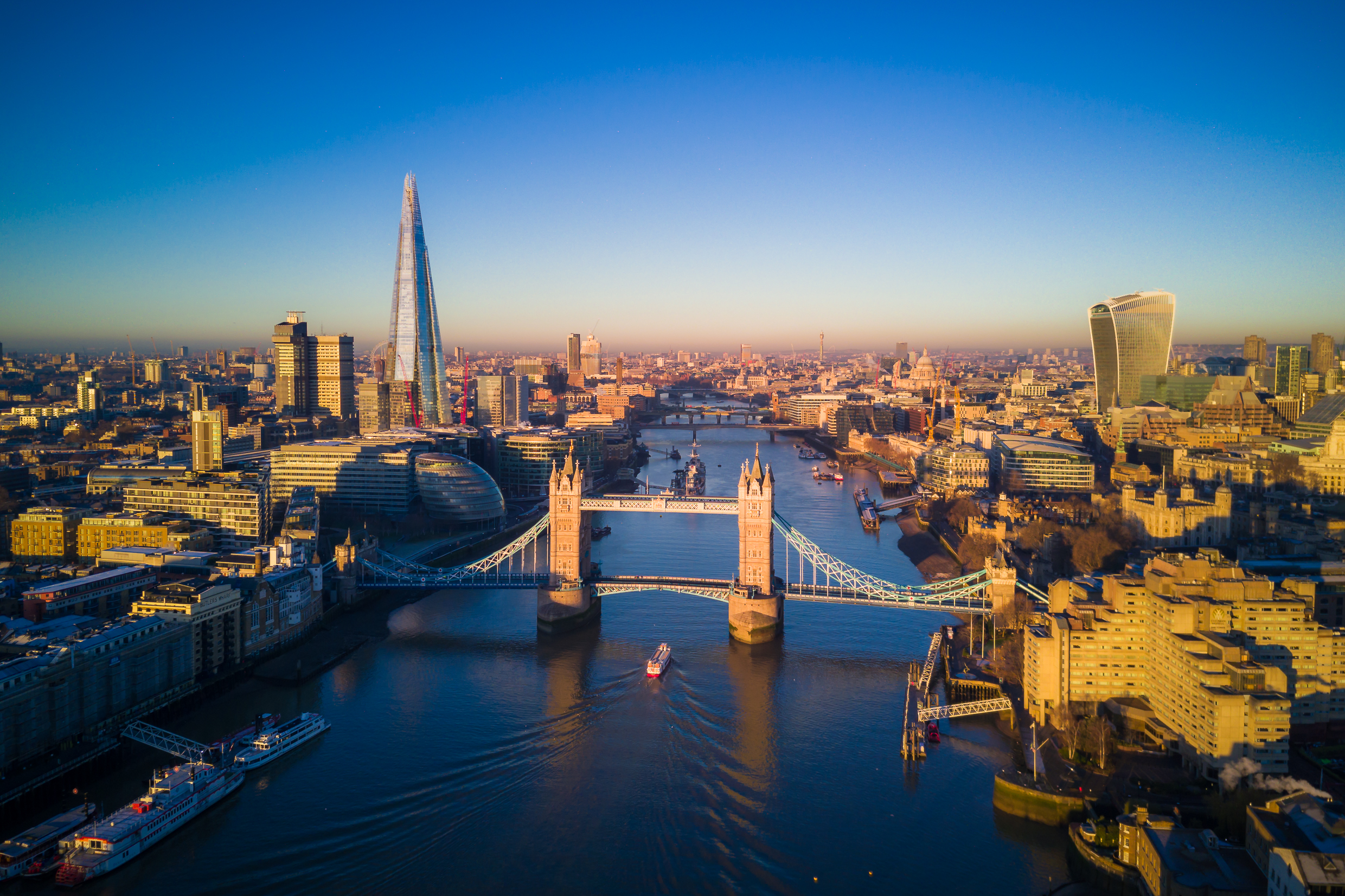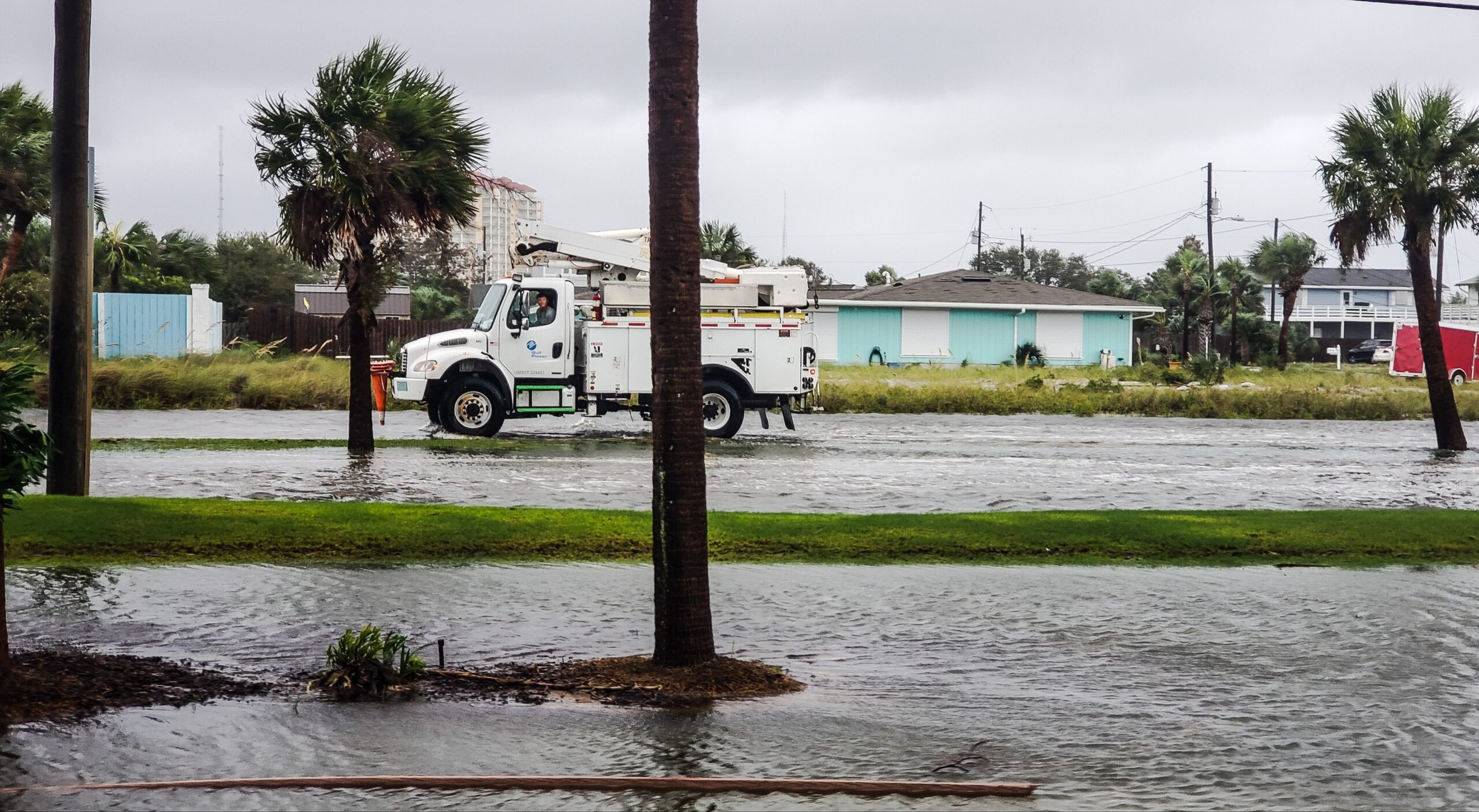Despite all the hardships we faced, the planet also went through major positive changes environmentally. While the effects of climate change are very real and significant, 2021 was a major breakthrough year for climate activists and efforts. The extra time spent in our homes analyzing what was going on in the world allowed for protest, questioning, and challenging of major companies and government policies to be changed for the better.
Here are 5 good things that happened for the planet in 2021:
Keystone XL Pipeline was shut down.
Although pipelines can be a controversial subject for politicians and policy makers, one thing everyone can agree on is that they are one of the most destructive things for the environment. The construction of pipelines completely divides a landscape, toxic wastes and oil spills causing wildlife to suffer, and the use of fossil fuels alone is so extensive and is the leading contributor to greenhouse gases. The public call to shut down the Keystone XL Pipeline will save countless ecosystems and stay intact to serve as habitats to wildlife across the country.
Monarch butterfly populations are booming.
An animal, so iconic and innocent as the monarch butterfly, was almost facing extinction over the past few years. Record low populations migrating across the country each season had conservationists extremely worried. The two major contributors to the butterfly’s decline were pesticide use and the growing loss of native tree and flower species in the coastal California region (where they call home during the winter months). After close observation, conservationists have observed a miraculous phenomenon that the monarch population is actually adapting to new non-native plants and the warming climate. This is a biological breakthrough and gives conservationists hope that they can soon take another animal off the endangered list.
Scotland’s last coal-powered plant.
This past month, Scotland blew up their last coal-fired power plant. Scotland is one of the first countries to officially and completely move away from coal-fired energy generation. With only a handful of remaining fossil-fuel power plants, Scotland relies heavily on renewable energy sources, and this past year over 97% of the country’s energy was fueled by renewable sources. Scotland also has a progressive goal of being net-zero (or completely fueled by renewable energy sources) by 2045.
Costa Rica’s Shark Island.
The waters surrounding Costa Rica have been such a hotspot for hammerhead sharks and an abundance of marine life; it is usually referred to as an “underwater Jurassic Park.” However, the warming of the climate causes the oceans to warm, throwing off the acidity of the water and leaving the marine life struggling to survive, all in addition to growing amounts of pollution that ends up there. Costa Rica has recently decided to expand the National Park conservation area and reclaim the underwater treasure. Costa Rica is now federally protecting 30% of its coastal waters, much more than the mere 3% that they were protecting before. This movement is a step in the right direction to ensure marine wildlife will not be endangered anymore.
Thames River is no longer biologically dead.
For over a century, the Thames river in London, UK, was deemed biologically dead after sewage from poor city management and industrial boom caused blockages preventing almost any wildlife from surviving. However, after many years of sewage water management, the city has started to see increased dissolved oxygen concentration and lower phosphorus levels, two key factors of a habitable environment for marine life. In addition to key species returning to the river, the Thames is a major source of drinking water for the city. As sewage water treatments continue to improve with new technologies, we will begin to see less of a risk of disease that comes from the water. Because this water quality is so newly improved, it is important that the water management centres continue to improve the quality of water as the effects of climate change will continue to become more damaging. Nonetheless, this is an amazing recovery from historic environmental damage and shows hopeful signs of recovery and adaptation for the rest of the planet when facing global warming.










